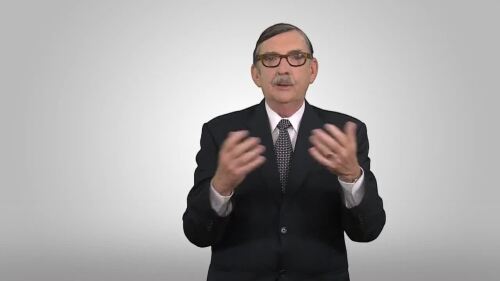Gordon Graham here with Today’s Tip from Lexipol. Today’s Tip is for all my friends in public safety. And we’re going to talk about crash scene management.
Motor vehicle crashes are nothing new to first responders. Twisted metal, shattered glass, and leaking fluids are all too common on our roadways. So is treating people with life-threatening injuries. That’s what happens when you take fast-moving vehicles and toss in the laws of physics.
As public safety professionals, it’s our responsibility to manage crash scenes so we protect everyone involved, including ourselves and passing motorists.
For a moment, let’s focus on those passing motorists. It shouldn’t come as a shock that when a crash happens, traffic flow is compromised. It’s important to position emergency vehicles carefully so we alert oncoming traffic, protect the scene, and allow uninvolved vehicles to safely pass around us. Sometimes, of course, this isn’t feasible. But when it is, do your best to keep traffic moving.
Sometimes we’re our own worst enemy. How many times have you responded to a traffic crash and found the wrecked vehicles and most of the debris off of the road? Probably more times than you can count. In situations like these, blocking lanes unnecessarily increases the likelihood of secondary collisions.
It’s easy to get tunnel vision, but don’t forget about what’s happening hundreds of feet or even several miles behind where you’re working. Being judicious about where you position emergency vehicles can help prevent additional collisions and injuries.
You’re responsible for managing the crash scene. This includes what happens behind the scene as well as at the scene. Taking some time to assess traffic flow and mitigate the possibility of secondary collisions is a fundamental part of crash scene management.
And that’s Today’s Tip from Lexipol. Until next time, Gordon Graham signing off.






